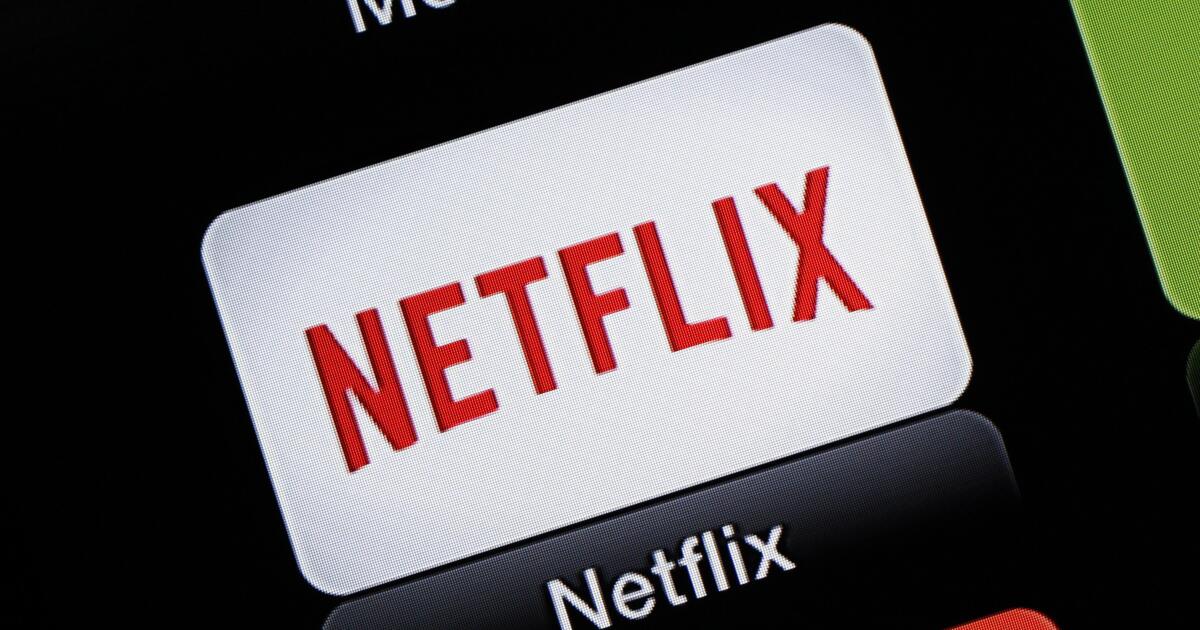What does the Netflix-WBD deal mean to the future of streaming?
If Netflix can complete its $82.7-billion deal to acquire Warner Bros. Discovery, it will be a lot bigger but not necessarily a lot better for consumers — or for the streaming landscape the company developed.
Analysts predict that consumers, already chafing at rising subscription fees for streaming services, will be spending even more if the deal goes through.
“It’s one less competitor and it’s a detriment ultimately to consumers because they will have fewer choices, which leads to higher prices,” said Tim Hanlon, founder of the media consulting firm the Vertere Group. “I think it’s also a huge detriment for producers of content who want to shop their wares and will have one less place to do it.”
Emarketer senior analyst Ross Benes agreed, noting that Netflix has already aggressively raised prices, increased ad load and stopped people from sharing passwords. “Absorbing a competitor with strong content will only lead to its service becoming more expensive and give consumers less choice,” he said.
The deal will also put pressure on Netflix competitors to counter with another move.
Comcast and Paramount were bidding for Warner Bros. Discovery because they have been unable to achieve the necessary scale for their own respective streaming platforms, Peacock and Paramount+, to be successful.
If Netflix succeeds in its Warner Bros. acquisition, the two losers will have to consider a union of their own, according to a report from Robert Fishman, a media business analyst for MoffettNathanson.
Paramount and Comcast-owned NBCUniversal “would look to evaluate some streaming combination of Paramount+ and Peacock or even a broader deal,” Fishman wrote.
John Conca, an analyst at investment research firm Third Bridge, agreed that the pressure will be on Paramount and Comcast to come up with a plan B if Netflix succeeds with its offer.
“Netflix’s stranglehold on the streaming market will become even tighter, as there is now a lack of merger and acquisition options that will be able to challenge their leadership position,” Conca wrote. “With Comcast and Paramount missing out, it raises serious concerns about their ability to remain viable, given the scale disadvantages when it comes to acquiring must-have content.”
The Walt Disney Co., which has been watching the transaction unfold from the sidelines while aggressively expanding its own streaming properties including a direct-to-consumer offering of its sports media behemoth ESPN, hasn’t shown much concern over who the new owner of Warner Bros. might be. One Disney executive who was not authorized to comment publicly said the company is confident in the diverse assets it has to succeed in the altered landscape.
“I think Disney will be just fine,” Hanlon said. “It doesn’t really change much. It has plenty of intellectual property and multiple ways to do business.”
While analysts warn of price increases for consumers, Richard Swain, a partner at the brand strategy firm Further, said they are likely to adapt to the new streaming world order pretty quickly if the deal is completed.
“I’m sure there will be a big reaction to another big merger with memes and jokes,” Swain said in an interview. “But then quite quickly they will realize, ‘I may have fewer subscriptions to juggle.’ I’m sure Netflix will hike the price up. But at the end of the day, consumers value convenience.”
There may also be an upside for smaller, niche streamers vying to be a second or third purchase for consumers if HBO Max is absorbed into Netflix.
“I would say it’s likely to be a boon for smaller streamers,” said Evan Shapiro, a former streaming executive for NBCUniversal. “One less, big streamer to pay for every month frees up money from high-end subscribers to sign up for a more niche service, and one less major buyer of films gives smaller players increased leverage with artists, allowing the smaller films to fall to the smaller platforms.”
Hanlon agreed that niche players such as Curiosity Stream, which specializes in documentary programming, and art house film specialists Criterion Collection can continue to chug along as the bigger players battle it out.
“While the big get bigger, the smaller kind of get more innovative,” he said.
